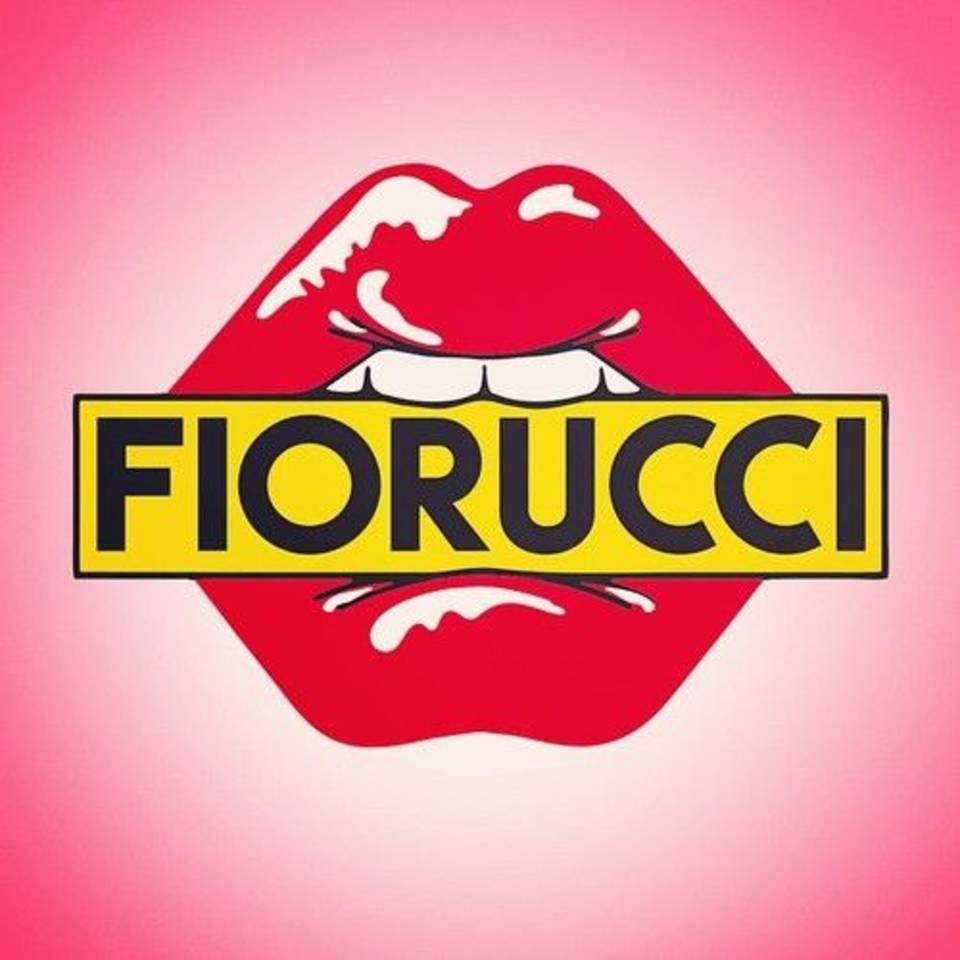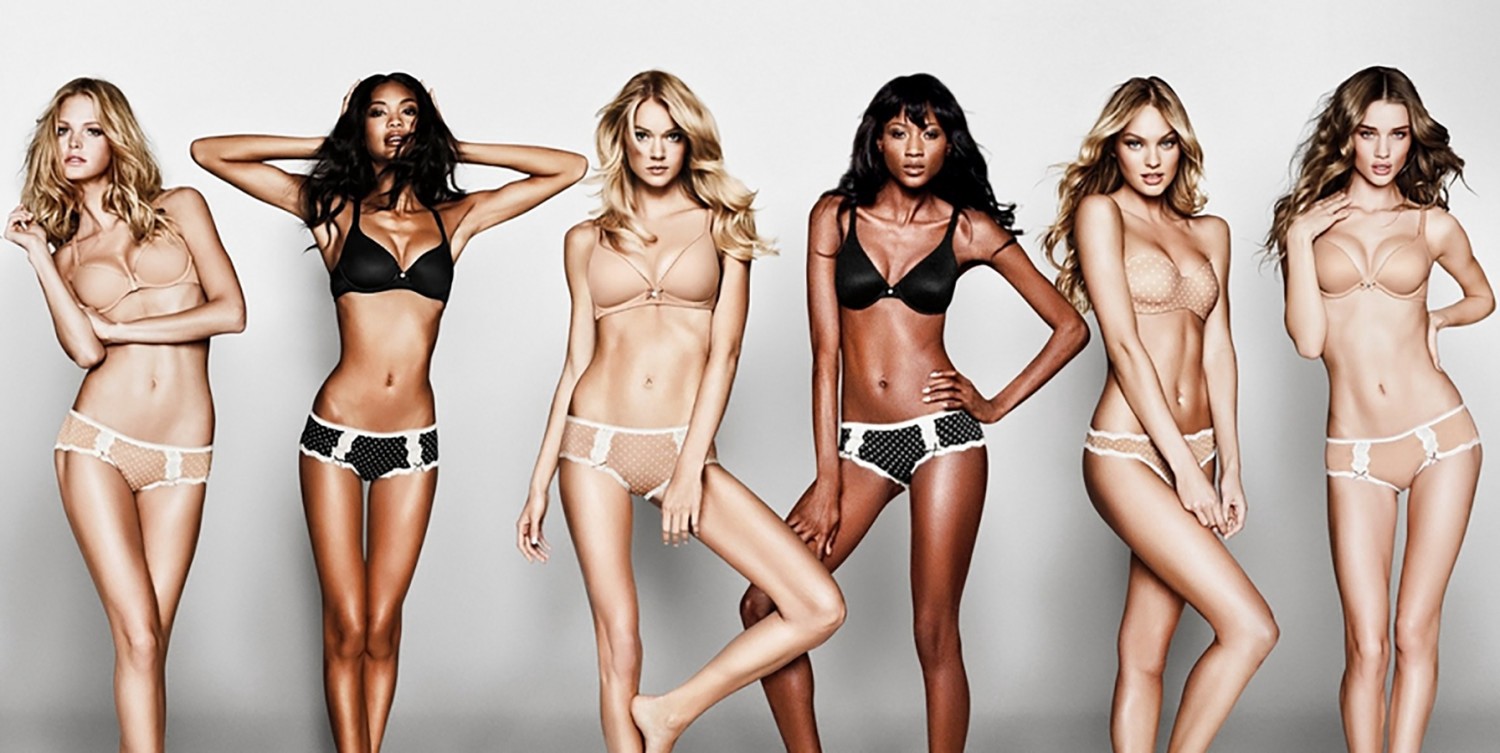If you've listened to this Episode on iTunes already (don't forget to subscribe - it's free), welcome to the SHOW NOTES. Or scroll down to LISTEN.
We have a Patreon page. Love the podcast? To support, Click here .
EPISODE 75 FEATURES SASS BROWN
Sass Brown is an English designer, writer, educator and the original eco fashionista. She wrote one of the early books about the subject in 2010 - Eco Fashion, although now she’s moved on from that phrase.
She prefers clothing ethics. Sustainability means different things to different people, it could be everything from diversity to fair trade to the environmental impact of a product.
“You can’t do it all at the moment,” she says. “You have to make choices based on your values - those are your personal ethics.”
For many years, Sass taught at FIT in New York. She was the Founding Dean of the Dubai Institute of Design and Innovation. She has purple hair, is a dedicated thrifter and has her shoes made by hand. But actually, this is not an interview about a life in fashion...
In this conversation, we focus on how fashion shapes our collective image, and how and why we allow it to dictate culture, and often get it so wrong. Ethical fashion isn’t just about garment workers being treated right - it’s about the whole thing, including us: shaping culture in a responsible, respectful, empowering way. Not making women feel bad about themselves. Not plundering from other cultures without asking permission. Not perpetuating eating disorders. Not ignoring entire sections of society who need clothes too. Basically, not propping up a broken system that deserves to be rebuilt. That’s a lot of nots!
But don’t worry - this Episode is upbeat! It’s about doing fashion better. It’s time to lift our game.
Dear Fashion, When will you learn? Seriously, when? Read Clare’s Open Letter to Fashion on the Eco-Age site here.
WHAT WE TALK ABOUT…
GOOD DESIGN. Fashion design is basically problem solving. “Good design is considered to be the marriage of form and function. That’s meant to be the basis of all good design. The problem with fashion is: it’s forgotten that,” says Sass.
ETHICS AND LANGUAGE. “We don’t have the terms to encompass all of the aspects of ethical and sustainable fashion: whether it’s fair trade, green, closed loop, responsible… You can’t do it all at the moment,” says Sass. “You have to make choices based on your values and those are your personal ethics.”
FIORUCCI still exists, but its heyday was the 70s and 80s. This is from the brand’s website: “1965. A young Italian designer named Elio Fiorucci arrives in London to be met with the biggest youth movement in a century. Carnaby Street and the King’s Road are in full swing. The cool kids are hanging out at stores like Biba, Mary Quant and the Kensington Market boutiques. Elio returns to Italy inspired. Two years later, he opens his first Fiorucci store in Milan’s Galleria Passarella. It’s eclectic, outlandish and like nothing anyone has ever seen before. He expands the store over the next few years, stocking it with bold fashions sourced from all over the world. More stores follow. In ‘74, a second location in Milan. In ‘75, the King’s Road in London. Then, in ‘76, East 59th Street in New York. The Manhattan store becomes known as “the daytime Studio 54”. It lays down the blueprints for the concept store as we know it today.” Imagine 20-year-old Sass rocking her semi-topless competition-winning look to their office Christmas party…
IS SUSTAINABLE FASHION ELITIST? Sass argues that it’s gone from being perceived as “crunchy and granola” and unattractive, to being something only for the privileged few. “That somehow people who have values are people who can afford to have them. It shouldn’t be that way.” Of course it shouldn’t! So… what are we going to do about it?
Dominique Drayford is an American writer, stylist, and creative consultant who questions structural racism and white bias in her work around sustainable fashion. She began her blog out of frustration that: “being in the sustainability space, I never saw women of color represented on the panel, I never saw women of color represented in the audience, and all of the discussions around people of color were women as laborers. We're working in India; we're working in Africa, and that frustrated me. Additionally, black-focused, black-centric magazines, such as Ebony and Essence, they weren't covering sustainability, or sustainable fashion, and that frustrated me.”
She tells our friends at The Frontlash: “if you're in a conscious, a sustainable community, this is the community that is supposed to be taking it to the next level. This is the community that is supposed to thinking differently, thinking outside the box, having conversations, engaging in activity, and engaging in just dialogue that challenges the status quo — and doesn't normalize racism. This is the community that's supposed to evoke change and really supposed to be the pioneers in revolutionizing the industry, but I find that, way too often, it's not.” Read her full interview here.
BODY IMAGE Sass mentions some stats. 91 % of women don’t like their bodies, according to this survey of college campus women from 1995. The one about 95% of those who have eating disorders being between the ages of 12 and 25 comes from here.
“I think the fashion industry is a big problem and they are implicated in all this,” says Sass. “It’s a system that was based on a single model of success.”
9 HEADS?! This is what it looks like:
The illos above and below are taken from here. But they’re pretty standard. This is how fashion illustration is taught. IRL, how many heads fit in your legs?
When a Victoria’s Secret ad proclaimed this “the perfect body” in 2014, there was uproar.
WHO’S ANGELS? Clare has this to say on the subject of Victoria’s Secret: “Why are these girls all exactly the same? Why are they all so skinny, why is it all so male-gaze orientated, and who is it for? I think, actually, we are at a point where it feels, in the era of #metoo it, completely irrelevant and stupid.” WHAT DO YOU THINK?
And while we’re on the subject of hopelessly outdated… What’s with NUDE AS SINGLE SHADE? Back in 2010, the NYT was Guardian was asking, Is nude racist?” “InStyle magazine goes as far as to say that nude is the new black: just about the surest way to exclude black-skinned women from adopting the trend, since it's apparently not acceptable to wear black as black, nor black as nude….Indeed it seems misplaced to think of these shades as neutral, when the debate makes clear that this trend is anything but. Pantone, the world-renowned authority on colour, may have a "nude" shade, thereby conferring a certain official acceptability on all those magazines' usage of the term. But then another N-word was once commonly used in clothes catalogues to describe a chocolatey shade of brown. (Yes, THAT N-word.) Will "nude" one day strike us as equally horrifying?” Read the story here.
GLOSSIES SO WHITE In 2017, the Guardian reported that: “The covers of some the UK’s most popular monthlies remain overwhelmingly white. Of 214 covers published by the 19 bestselling glossies last year, only 20 featured a person of colour. That’s only 9.3%, although 13.7% of the UK are BAME.” Read story in full here. (Then weep. As in actually weep. Depressing.)
Note: in case you’re as confused as we were by the term BAME: it’s a term long used in the UK to refer to black, Asian and minority ethnic people. Its origin derives from "political blackness", an idea that various ethnic groups united behind to fight against discrimination in the 1970s. Should we use it? It’s complicated. Further reading here.
BUT…TIMES ARE CHANGING. YAY. According to The Fashion Spot: “We’ve reached a special time in the industry where the consumer has more of a voice than ever before and is demanding to be represented, and fashion brands — apparel and media alike — can’t afford to ignore their calls.” The site conducts regular Diversity Reports, looking at diversity on runways, in ads and on magazine covers. 2018, they say, “was a record-setting year in terms of racial, size, gender and age representation on the runways and in ad campaigns. …Of the 745 cover appearances we reviewed this year across 51 top domestic, international and independent fashion magazines, 281, or 37.7 percent, were people of color. That’s a significant — 5.2 points — jump from 2017.”
Read the full story here.
And another thing. Fashion’s poor performance with CULTURAL APPROPRIATION is well documented. Remember when Isabel Marant was accused of plagiarising from an indigenous community in Mexico? Sass mentions the case of the Louis Vuitton referencing Basotho blankets from Lesotho in a 2012 menswear collection - without crediting or working with the originators. Further reading here, and here.
“Louis Vuitton has again met with criticism this time from South Africans, after turning the culturally significant Basotho blanket, into the latest fashion trend for men. For the Basotho, the blanket signifies a sacred ritual and normally does not go for more the R1,000 ($77) much less than the Louis Vuitton hefty price tag of R33, 000 ($2,553). Local designers are questioning whether Louis Vuitton should be profiting from the Basotho culture and whether this is cultural appropriation or appreciation.Well-known local designer, Maria McCloy, said it is outright theft, as the Basotho people were not involved in the process.” By Kylie Kiunguyu for This is Africa. Read her piece in full here.
A NOTE ON OUR MUSIC: IT IS BY OUR FRIEND MONTAIGNE, WHO SANG A SPECIAL ACOUSTIC VERSION OF "BECAUSE I LOVE YOU" JUST FOR US. IT'S FROM HER ALBUM GLORIOUS HEIGHTS.
THANK YOU FOR JOINING THE WARDROBE CRISIS CONVERSATION. WE'LL HAVE A NEW EPISODE FOR YOU EVERY WEDNESDAY. CAN YOU HELP US SPREAD THE WORD? WE'D LOVE YOU TO TELL YOUR FRIENDS & LEAVE A REVIEW IN iTUNES.
Until next time,
Clare x










